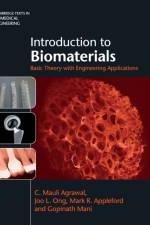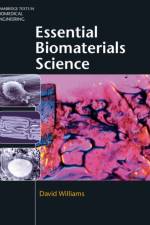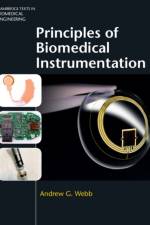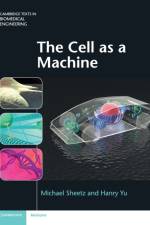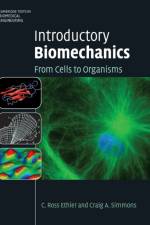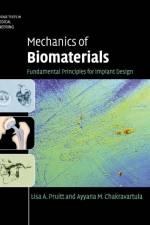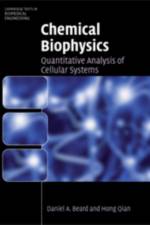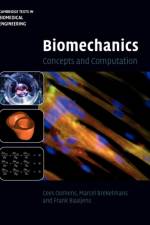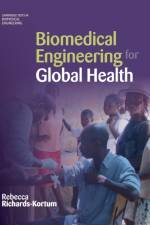- Theory, Methods, and Applications
av Sergio Fantini & Irving J. Bigio
1 057
This is the textbook and reference resource that instructors, students, and researchers in biomedical optics have been waiting for. Comprehensive and up to date, it covers a broad range of areas in biomedical optics, from light interactions at the single-photon and single-biomolecule levels, to the diffusion regime of light propagation in tissue. Subjects covered include spectroscopic techniques (fluorescence, Raman, infrared, near-infrared, and elastic scattering), imaging techniques (diffuse optical tomography, photoacoustic imaging, several forms of modern microscopy, and optical coherence tomography), and laser-tissue interactions, including optical tweezers. Topics are developed from the fundamental principles of physical science, with intuitive explanations, while rigorous mathematical formalisms of theoretical treatments are also provided. For each technique, descriptions of relevant instrumentation and examples of biomedical applications are outlined, and each chapter benefits from references and suggested resources for further reading, and exercise problems with answers to selected problems.


